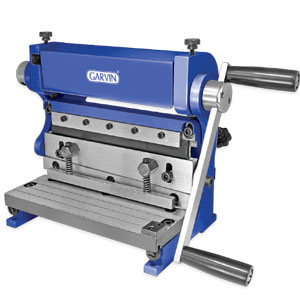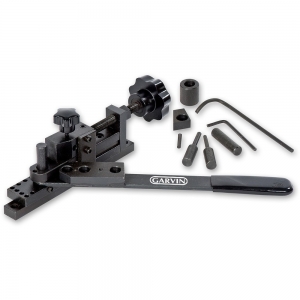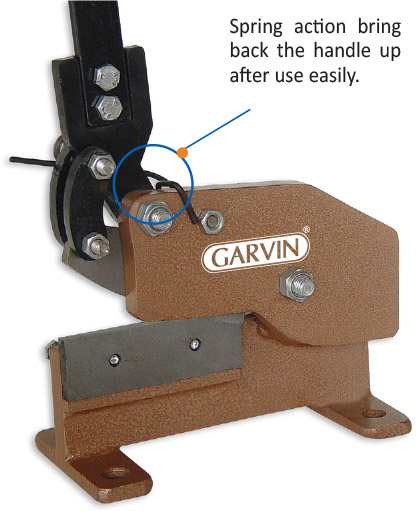
METAL FORMING & CUTTING
Metal Forming:
-
Forging:
- Description: Forging involves shaping metal by applying localized compressive forces. It is typically done at high temperatures for better malleability.
- Types: Open-die forging, closed-die forging, and impression-die forging.
-
Rolling:
- Description: Metal sheets or profiles are passed through a pair of rotating rolls to reduce thickness or change the cross-sectional shape.
- Types: Hot rolling and cold rolling.
-
Extrusion:
- Description: A metal billet is forced through a die to produce long, straight metal parts with a constant cross-section.
- Applications: Profiles for windows and doors, tubing, and structural components.
-
Drawing:
- Description: Drawing involves pulling a metal rod or wire through a die to reduce its diameter and increase its length.
- Applications: Wire production for various applications, such as cables and springs.
-
Stamping:
- Description: Stamping uses a press to cut or shape metal sheets into the desired form using dies and punches.
- Applications: Automotive parts, household appliances, and metal components for various products.
Metal Cutting:
-
Machining:
- Description: Machining involves the removal of material from a workpiece to achieve the desired shape and size.
- Methods: Turning, milling, drilling, and grinding.
-
Laser Cutting:
- Description: Laser cutting uses a high-powered laser beam to cut through metal sheets or plates with precision.
- Applications: Automotive parts, aerospace components, and intricate metal designs.
-
Waterjet Cutting:
- Description: Waterjet cutting uses a high-pressure stream of water mixed with abrasive particles to cut through metal.
- Applications: Cutting a wide range of materials, including metal, plastic, and composite materials.
-
Plasma Cutting:
- Description: Plasma cutting employs a plasma torch to cut through electrically conductive materials, including metals.
- Applications: Metal fabrication, industrial construction, and automotive manufacturing.
-
Electrical Discharge Machining (EDM):
- Description: EDM uses electrical discharges to remove material from a workpiece, creating complex shapes with high precision.
- Applications: Tool and die making, aerospace, and medical device manufacturing.
Both metal forming and cutting processes are critical for producing diverse metal components with varying shapes, sizes, and properties. Manufacturers often choose specific processes based on the material, desired geometry, and production requirements. Advances in technology continue to enhance the efficiency, precision, and sustainability of these processes in the field of metalworking.

More Categories
© Copyright 2023 RAVI International – GARVIN TOOLS® All rights reserved.



